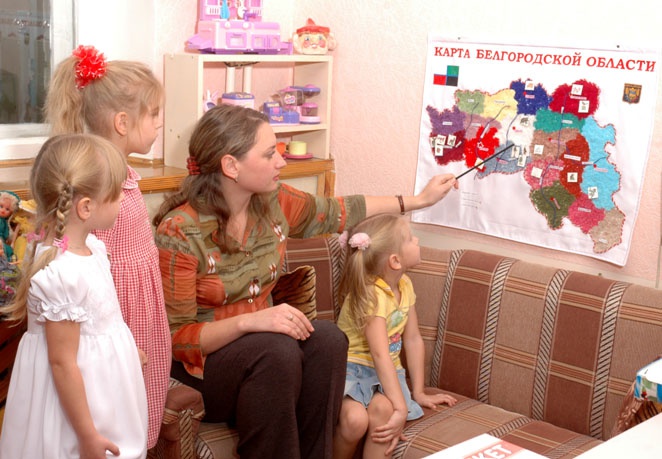Instruction
1
To conduct a diagnostic examination it is necessary to develop diagnostic tools. It includes a list of tasks to identify the knowledge, abilities and skills of children with the criteria of the levels, forms to fill out.
2
Are usually defined the criteria for high, medium and low development levels of children. To develop benchmarks it is necessary to examine curriculum used in preschools. In some programs, there is already a ready diagnosis, some suggest teachers to develop themselves, focusing on the features and age of children (for example, "School 2100").
3
When writing the questions for children need to focus on the end result presented in the program. The program provides so-called "graduate profile" that describes what you need to know and be able child by passing all sections of the program. On this basis, are tasks for each section (language development, physical development, cognitive development, etc.) in addition, describes the criteria for levels of children learning the material.
4
For convenience and clarity, developed card, which recorded all the results for each child. It very simple to keep track of where the child lags behind and impose remedial work. The average correction takes place over two months. At the end of this period, a second diagnosis and compare the results. With the successful passage of the correction level of learning child should be raised.
5
Also in the children's garden the children of the preparatory groups is validated school readiness. Responsible for its implementation is the teacher-psychologist. To conduct remedial work with children must involve the parents of pupils, as together with the family the possible positive results.
